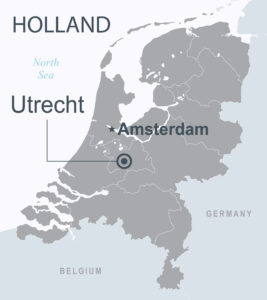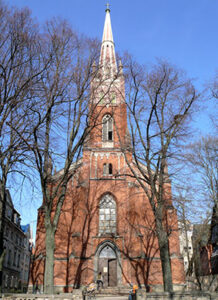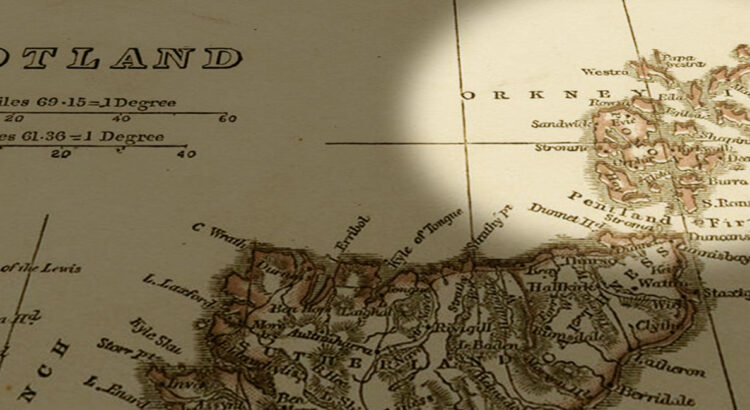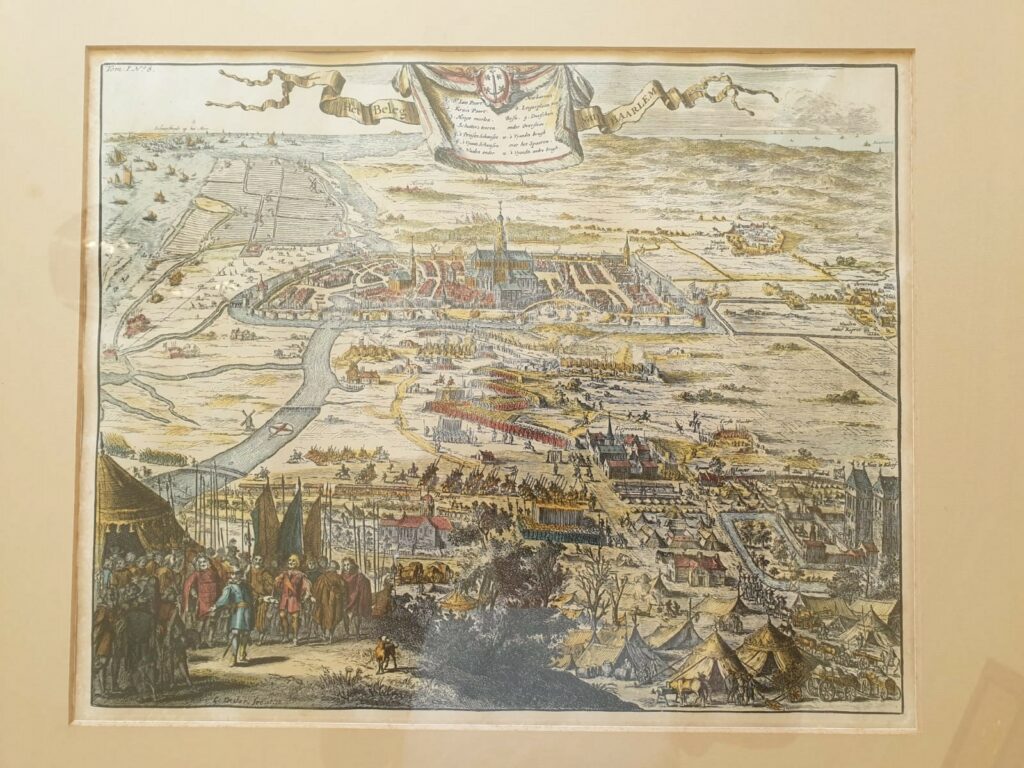The first Balfour to live on Westray was Gilbert (1521-76).
A short précis of his life is on this website at the immediately preceding heading here:
‘Balfours on Westray, Orkney Islands’, pages 5 and 6.
A search for his name on Google brings up dozens of references.
Previously unpublished research about Gilbert Balfour, by Ferdinand Balfoort, now in New Zealand and kindly sent to me is, with his permission, copied here. Information about Ferdinand Balfoort is at the end of this note. He writes:
I first picked up the thread of Gilbert Balfour when I was 18 years old and then only a few years in New Zealand, in 1983, where my family emigrated. I had been raised with suggestions of a connection between the surname Balfoort with Balfour, as well as with de Ruyter, but my only inconclusive references were some entries in a family Encyclopedia Brittanica dated 1958. That being the pre internet age, I started out on a lifelong journey of research about our ancestors with an initial postal enquiry to my ancestral hometown, Utrecht.
 The response from the Utrecht administration was quite astonishing, as they referred me to a book that had been written by a Dutch family member, Nellie Balfoort. In that book, subsequently obtained after more letters to Holland, I first noted the name Gilbert Balfour, the nephew. He enrolled in one of the first in-takes of the Royal Corps of Marines that was set up by King William III of Holland, and which was led by one of our most illustrious Dutch admirals, De Ruyter. Gilbert Balfour was on the fleet that initiated and succeeded at the Battle of the Medway in 1667. Interestingly, my paternal grandmother carried the name De Ruyter and descended from that admiral, to then marry a Balfour more than 250 years later. That peculiar circularity of branches parting and re-joining emerged from my continued research. It has happened time and time again. So is the repetition of key first names, often many generations apart, based on the family history of over a 1,000 years that I have been able piece together. It has been a grand global detective story.
The response from the Utrecht administration was quite astonishing, as they referred me to a book that had been written by a Dutch family member, Nellie Balfoort. In that book, subsequently obtained after more letters to Holland, I first noted the name Gilbert Balfour, the nephew. He enrolled in one of the first in-takes of the Royal Corps of Marines that was set up by King William III of Holland, and which was led by one of our most illustrious Dutch admirals, De Ruyter. Gilbert Balfour was on the fleet that initiated and succeeded at the Battle of the Medway in 1667. Interestingly, my paternal grandmother carried the name De Ruyter and descended from that admiral, to then marry a Balfour more than 250 years later. That peculiar circularity of branches parting and re-joining emerged from my continued research. It has happened time and time again. So is the repetition of key first names, often many generations apart, based on the family history of over a 1,000 years that I have been able piece together. It has been a grand global detective story.
Until 1996 I was far from sources of information, and it was 1999 before, for professional project purposes. I arrived in Riga, about the time I had paid my first visits to Fife, Edinburgh, to collect further insights. In Riga I was appointed regional office and external audit partner, leading four offices for Deloitte and Touche, which was a perfect setting for research, unbeknown to me when I arrived.

To be more connected to the spiritual aspects of life, my family joined the Anglican Church of St Saviour’s in Riga, and discovered that church was built by Balfours in 1857, as part of a collective effort of local Scottish traders. It had sustained much neglect during the communist years, but somehow survived because it was used as a university disco rather than to be left empty or worse. I determined to renovate and restore this place of worship and one day during the second year of our stay in Riga, one of the Church Council members brought me some rather surprising documents that had survived the vagaries of Latvia’s rather turbulent history. In these papers I found uncle Gilbert – and discovered that in our Balfour ancestry there are only two Gilberts noted during the past 1,000 years.
Gilbert Balfour (b 1521) is described in some detail in a number of older books about the Scottish Regiments that were stationed in the Baltics as well as the Nordics, specifically Sweden. What emerged from my reading and travels was that Gilbert passed through Riga in about 1573, marching his Scottish regiment through to Wesenburg in Estonia.
The story of how he came to Sweden in the first place to lead the Scottish regiments during the Swedish wars with Russia is very interesting and well described. So are some quite personal observations that gave some great insights into his personality, both before he arrived in Sweden, during his time in Edinburgh at Queen Mary’s court, as well as in Estonia. Some unfortunate consequences arose out of a quarrel over beer between a Scottish soldier and a German mercenary, who were part of the forces laying siege to Wesenburg. The upshot of it was that instead of fighting the Russian holding Wesenburg, the Germans and the Scottish had one of their first international matches, watched from the ramparts of the town by cheering Russians. It was rather more bloody than your average football match unfortunately, and since Gilbert was the commander he ended up manacled and shipped back to Stockholm to face the ire of King John of Sweden. Gilbert had a bit of a penchant for the dramatic it appears, based on other incidents I have read about in Edinburgh and in Stockholm. One of these is quite amusing, as when he tried to stage a coup under the guise of a Scottish Sword dance with his collaborator Archibald Ruthven. King John was a nervous Rex, and precipitously decided not to allow the Scottish dancers to carry arms at that particular royal banquet, thereby foiling this particular coup. I cannot imagine what they used as props without swords either to perform their dance
Fortunately, after a delay of some years, I ended up being stationed in Stockholm in 2014, as I had been wondering what ultimately happened to Gilbert after all that. The books noted he had been executed by King John in 1574, but there was no mention of his last resting place. Incidentally, Gilbert and King John were in fact related through Swedish Viking royalty, so it was somewhat of a family affair.
I spent most of my free time digging around in the usual places in Stockholm. Curiously, my offices were in an old brewery, the Munchen Bryggeriet located in Sodermalm. Although I found the grave of Archibald Ruthven in the Royal church , Ridderholmen (Home of the knights one could say), Gilbert was not to be found. An unusual matter. I ultimately found out that Gilbert had been hanged in Sodermalm, and buried across the road from the Munchen Bryggeriet. The Victorian era apartment buildings that were built there are exactly located on the furthest extent of church cemetery grounds of an old church which I visited and where I talked with the saxon and other administrators. And thus I “found” Gilbert finally, but unfortunately not quite as I had imagined. I do appreciate the irony of making my way to and from work those many months I worked there, passing literally 100 or so metres from Gilbert, on the slippery road to that brewery. Rest in Peace.
Above is a historical map of the scene where the Balfours arrived off the boat in 1572 to support the resistance against Spanish forces. Somewhere in the landscape between the Spanish command post in the foreground, and the city of Haarlem in the distance, are the various defensive positions the four Balfour brothers would have attempted to hold their ground. I received this map from an uncle in 1971, and it has travelled the world with me since then, to now again be in pride of place in my workroom. My third son tells me it was in fact likely executed on the battlefield in 1572, but that the version we have is from some decades later, coloured in, and by a cartographer called Coenraet Decker, between 1670 and 1685.
Ferdinand Balfoort is an international governance and sustainability expert. He has travelled the globe for the past 40 years, as part of his professional work. While visiting and being stationed in over 40 countries on five continents, Ferdinand has had the pleasure of reconnecting to ancestors by sheer serendipity. Some might call it providence. He is related directly to Sir James Balfour of Pittendreigh, through his youngest son John Balfour, who arrived in Holland in 1602. Ferdinand shares his ancestor’s passion for law, governance and equity. He continues to research ancestry and history as and when he takes breaks from being immersed in developing much needed sustainability (ESG) advisory strategies, reporting frameworks and stakeholder communications. He is passionate in both these areas of pursuit. The reason is that one looks back and the other Fordward, as per our Balfour motto. To quote George Santayana, “Those who do not learn history are bound the repeat it”. As a key objective Ferdinand hopes his lifelong detective story will provide guidance to future family members and generations, in order that they may still see the sun rise, four hundred or more years from now.

